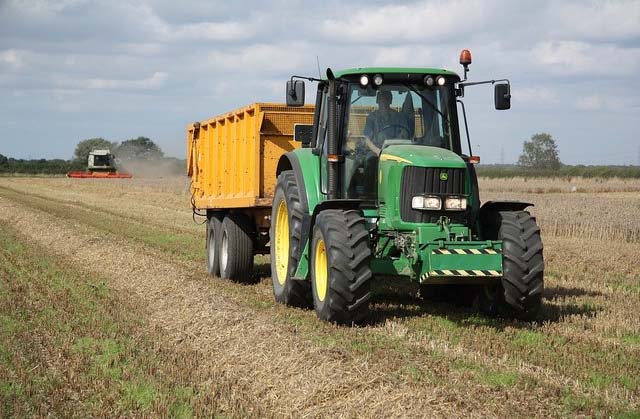
Farmers should reassess whether their workers are employed or self-employed, following a tightening of HMRC’s interpretation of the rules.
“With Real Time Information set to become compulsory for all businesses by October 2013, the question regarding employment status has never been more critical,” says Dan Knight, manager at rural accountant Old Mill.
Whenever an employer runs their weekly or monthly payroll, the information is automatically submitted to HMRC, revealing the employment status of every worker. And although the definition of self-employed workers has not changed, HMRC’s interpretation of it is becoming ever more stringent.
“Even if a worker was classed as self-employed a few years ago, any small change in the arrangement could tip the balance, so it is worth revisiting,” says Mr Knight. “Just because they claim to be self-employed doesn’t necessarily mean that they are in the eyes of the law.”
Where an individual has to perform work personally, has no control over which tasks to perform and works a set number of hours for regular pay, they are likely to be employed. Someone who can send a substitute in their place, can decide when and where to work and what tasks to perform, and generally agrees a fixed price for their work – and hence is open to making a loss as well as a profit - is likely to be self-employed.
“The main difference from an employer’s perspective is the need to pay Class One National Insurance – equivalent to around £4500 a year for a worker on a £30,000 salary,” says Mr Knight. Employees also get rights like statutory sick pay, pension, maternity entitlements and protection against unfair dismissal.
“If HMRC decides someone has actually been employed, rather than self-employed, they can reclaim any lost NI duty from the employer, together with additional interest and penalties,” he adds. “The costs of getting it wrong can soon stack up – particularly if a worker sues for unfair dismissal. It is therefore imperative that employers verify the employment status of all their workers at the earliest possible opportunity.”
